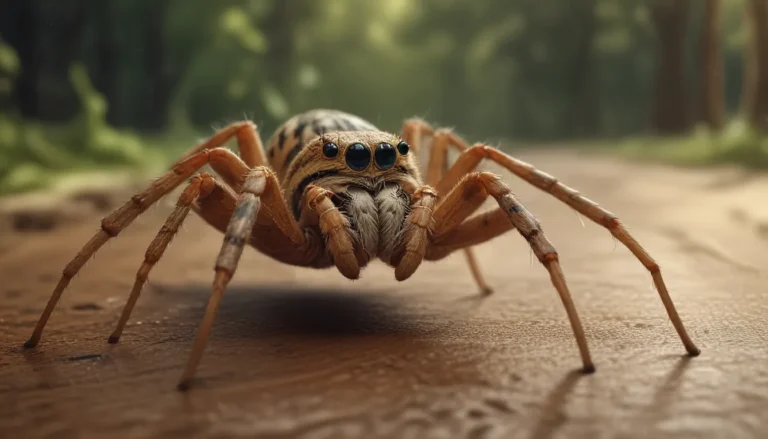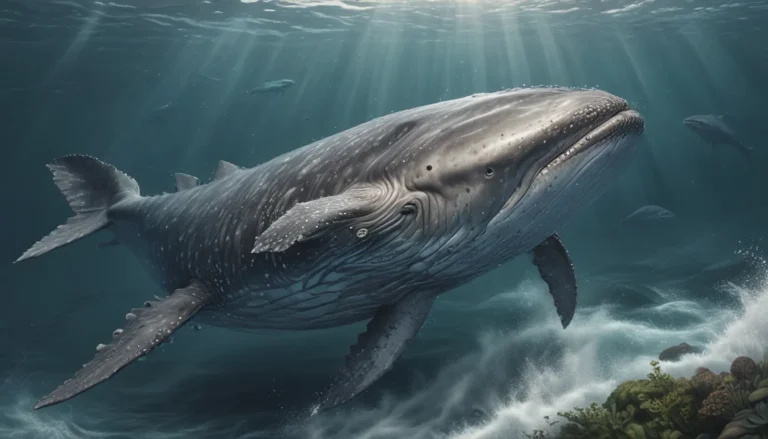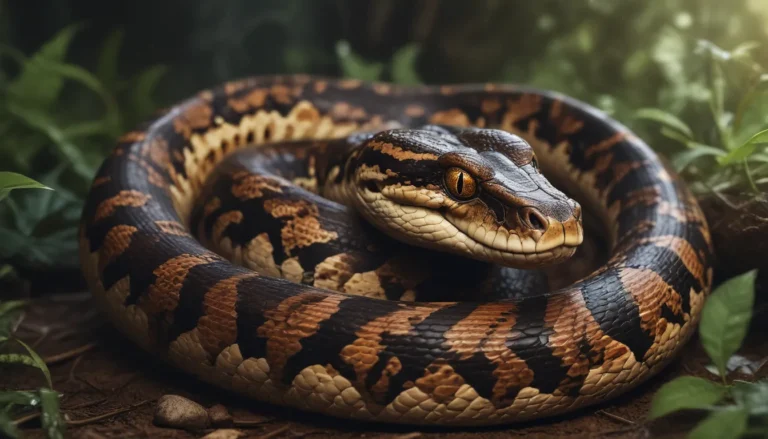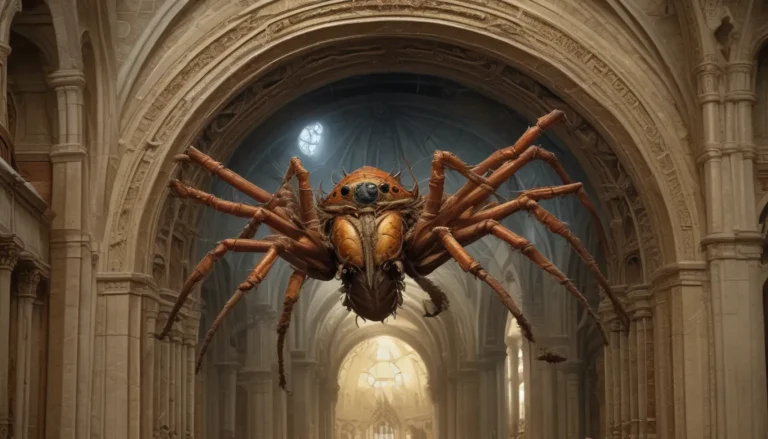The pictures we use in our articles might not show exactly what the words say. We choose these pictures to make you interested in reading more. The pictures work together with the words but don’t take their place. The words still tell you the important facts.
If you're a lover of marine life, you've likely heard of the gentle giants of the sea - manatees. These fascinating creatures, also known as sea cows, have captured the hearts of nature enthusiasts worldwide. Belonging to the order Sirenia and closely related to elephants, manatees are primarily found in the warm, shallow waters of coastal areas and rivers in the Americas and Africa.
In this comprehensive guide, we'll delve into 19 intriguing facts about manatees, shedding light on their behavior, habitats, and conservation efforts. So, put on your virtual snorkel, and let's dive deep into the captivating world of these remarkable marine mammals!
Key Takeaways:
- Manatees are gentle, herbivorous giants of the sea with no natural predators. They are vital in maintaining aquatic ecosystems and are protected by law as an endangered species. - These majestic creatures exhibit unique communication techniques and require warm waters to survive and thrive.
Manatees: Gentle Giants of the Sea
One of the most striking characteristics of manatees is their docile nature and large, rotund bodies. Despite their massive size, they are peaceful creatures known for their slow movements and unique appearance.
The Three Species of Manatees
There are three species of manatees: the West Indian manatee, the Amazonian manatee, and the African manatee. Among these, the West Indian manatee is the most well-known and widely distributed species.
Herbivores of the Sea
Manatees are herbivores, primarily feeding on aquatic plants such as seagrass, algae, and various vegetation. These gentle giants consume vast amounts of vegetation daily to sustain their massive bodies.
Manatees and Their Lack of Predators
Despite their size, manatees have no natural predators in the ocean. However, they face significant threats from human activities such as boat collisions and habitat loss.
Impressive Physical Characteristics
Manatees can reach lengths of up to 13 feet and weigh over 3,500 pounds. As the largest herbivorous marine mammals, they have a slow metabolism and can live for more than 60 years.
The Swimmers of the Sea
Manatees are excellent swimmers, capable of reaching speeds up to 20 miles per hour in short bursts. Their unique physiology enables them to navigate the waters with grace and agility.
Unique Communication Techniques
Using a series of chirps, whistles, and squeaks, manatees communicate with each other in the vast ocean. Their vocalizations play a crucial role in establishing social connections and sharing information.
Migratory Patterns of Manatees
Manatees are migratory animals, traveling long distances in search of food and warmer waters during colder months. Their ability to adapt to changing environments is essential for their survival.
The Keystone Species
Manatees are considered a keystone species, playing a vital role in maintaining the health and balance of aquatic ecosystems. Their presence is crucial for the well-being of marine habitats.
Conservation Concerns
Despite their importance, manatees are at risk of extinction due to their slow reproductive rate and human-induced threats. Various conservation efforts are in place to protect these magnificent creatures.
Adaptations for Survival
Manatees require warm water environments to survive, as colder temperatures can lead to cold stress, a condition that can be fatal for these marine mammals. Their adaptations enable them to thrive in their natural habitats.
Protected by Law
Manatees are listed as an endangered species and are protected under various conservation acts. Legal safeguards are in place to ensure their safety and well-being.
The Intelligence of Manatees
Despite having a small brain-to-body ratio, manatees exhibit remarkable intelligence. They have been observed using tools and displaying problem-solving skills in various situations.
Social Animals of the Ocean
Manatees are social beings, often found in groups called "aggregations" or "herds." Their social interactions play a significant role in their daily lives and contribute to their overall well-being.
Human Threats and Conservation Efforts
While manatees have few natural enemies, they face significant threats from human activities such as boat collisions and habitat destruction. Conservation efforts are critical in ensuring the survival of these gentle giants.
Conclusion
In conclusion, manatees are truly captivating creatures that continue to intrigue scientists and environmentalists alike. From their gentle nature to their unique adaptations, there is much to admire and appreciate about these marine mammals. By raising awareness and actively participating in conservation efforts, we can safeguard the future of these magnificent creatures for generations to come.
FAQs
Are manatees related to seals or whales?
Despite physical resemblances, manatees are more closely related to elephants than seals or whales.
How long do manatees typically live?
In the wild, manatees can live up to 60 years, with an average lifespan of around 40 to 50 years.
Are manatees endangered?
Yes, manatees are classified as endangered species due to various threats to their population.
How do manatees communicate?
Manatees use vocalizations and body language to communicate with each other, establishing social connections and sharing information.
What do manatees eat?
Manatees are herbivores, primarily feeding on sea grasses and other aquatic plants. They consume large amounts of vegetation daily to sustain their bodies.
Can manatees survive in freshwater?
Yes, manatees can thrive in both freshwater and saltwater environments, adapting to various aquatic habitats.
How fast can manatees swim?
While not known for their speed, manatees can reach speeds of up to 15 miles per hour in short bursts.
Do manatees hear well?
Manatees have excellent hearing, detecting low-frequency sounds that aid in navigation and communication.
How do manatees stay warm?
Manatees have a thick layer of blubber for insulation and seek out warm-water refuges during colder months to regulate their body temperature.
Are manatees social animals?
Yes, manatees are social creatures, often forming groups known as "aggregations" and engaging in various social behaviors.
Manatees truly embody the captivating allure of marine life, captivating enthusiasts with their gentle nature and unique adaptations. If you found these manatee facts intriguing, you'll likely enjoy discovering more about these remarkable creatures and their mysterious counterparts, the mermaids. And for those curious about the slowest animals in the world, there are fascinating insights waiting to be explored. Dive deeper into the enigmatic world of manatees and uncover the wonders of marine life!
Your Feedback Matters
Our commitment to providing reliable and engaging content drives our passion for sharing fascinating facts with you. Each piece of information is contributed by our dedicated community of users, ensuring a rich tapestry of insights and knowledge. Our rigorous editorial process guarantees the accuracy and credibility of every fact we share. Trust in our dedication to quality and authenticity as we continue to explore and learn together.






